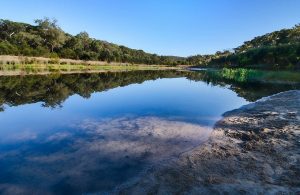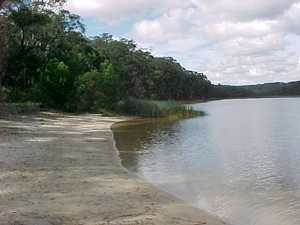
Are we about to solve the mystery of the fluctuating water levels of the five lakes in Macarthur’s backyard which form the Thirlmere Lakes National Park?
Scientific experts from three leading institutions will certainly try when they join forces for the new $1.9 million Thirlmere Lakes research program.
The research partners, University of New South Wales (UNSW), University of Wollongong (UOW) and Australian Nuclear Science and Technology Organisation (ANSTO), will investigate the sensitivity of these wetland systems to external influences, such as the effects of mining activity and groundwater extraction, over the next four years.
“Thirlmere Lakes is close to the hearts of the community – I know how important it is to understand the changing water levels,” says the Member for Wollondilly Jai Rowell, who announced the NSW Government’s research project.
[social_quote duplicate=”yes” align=”default”]“Countless people have fond memories of swimming and visiting the lakes and I want future generations to be able to do the same.”[/social_quote]
This research builds on the $200,000 lake water level monitoring system established in 2014, which has been continuously tracking water levels and provides real-time information on the water levels in each of the five lakes in Thirlmere Lakes National Park.
The data has shown that the water levels respond to local rainfall although the exact causes of fluctuating water levels is unknown.
The five research themes are:
• Geological mapping and geophysical surveys of the Thirlmere Lakes area (UNSW – Dr Wendy Timms);
• Environmental isotopes investigations into periodic and recent water losses from Thirlmere Lakes (ANSTO – Dr Dioni Cendón);
• Thirlmere Lakes: the geomorphology, sub-surface characteristics and long term perspectives on lake-filling and drying (UOW – Dr Tim Cohen);
• Surface Water – Groundwater Interaction (UNSW – Dr Martin Andersen);
• Developing an integrated water balance budget for Thirlmere Lakes to provide a detailed understanding of hydrological dynamics (UNSW – Associate Professor Will Glamore).
 Tim Pritchard, who chairs the Thirlmere Lakes Interagency Working Group, said the research would provide a more in-depth understanding of how water moves at the surface and within the groundwater systems of the area.
Tim Pritchard, who chairs the Thirlmere Lakes Interagency Working Group, said the research would provide a more in-depth understanding of how water moves at the surface and within the groundwater systems of the area.
“There is still much unknown about the Lakes themselves, such as the flows of water between lakes and through the underlying ground water systems,” Dr Pritchard said.
“The diversity of scientific expertise among the research partners will help provide vital insights into these effects and help better understand the variables that contribute to the fluctuating water levels.
“New methodologies and models developed will also provide knowledge applicable to wetland systems across NSW.”
For more information visit: http://www.environment.nsw.gov.au/water/thirlmerelakesinquiry.htm



